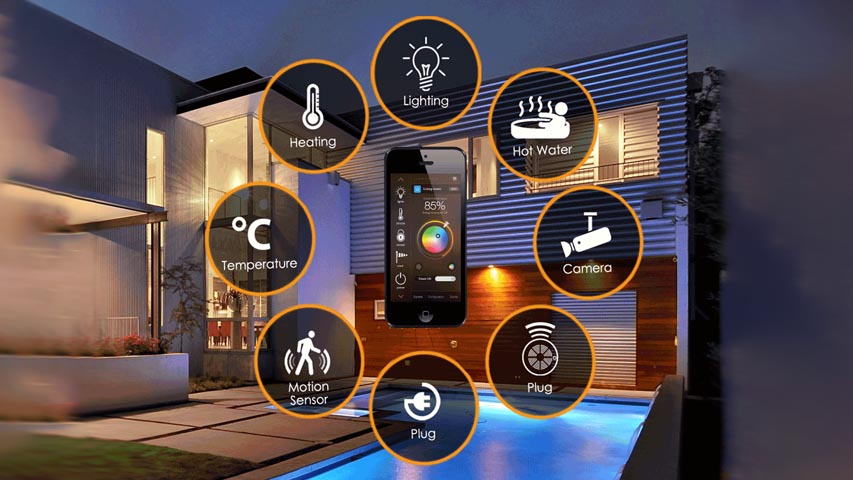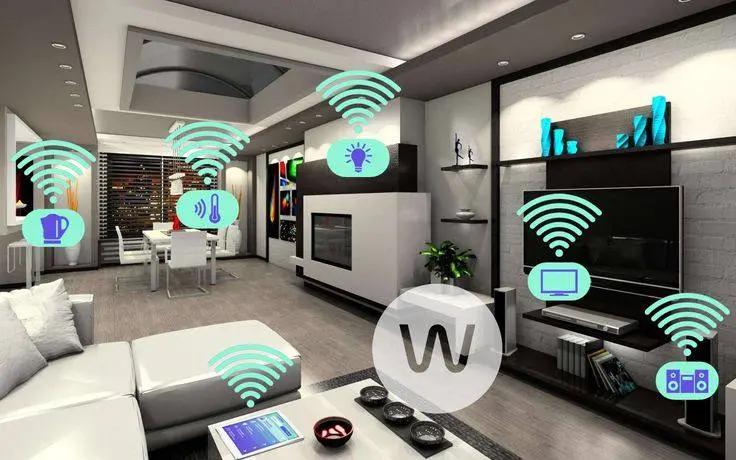Building smartness refers to the use of advanced technologies such as the Internet of Things (IoT) and artificial intelligence (AI) to intelligently control and manage various building components. These technologies help improve energy efficiency, increase occupant comfort and convenience, and enhance security. Smart systems can include automated control of lighting, heating, cooling, and security, all of which help reduce costs and improve the quality of life.

Smart Building Design Principles
1. Energy Efficiency: Designing systems that optimize energy consumption using sensors and intelligent control.
2. Systems Integration: Connecting and coordinating all building systems, including lighting, heating, cooling, and security.
3. Comfort and Convenience: Providing features such as temperature, light, and air conditioning control based on the needs of residents.
4. Increased Safety: Using advanced technologies to monitor and control security and fire alarm systems.
5. Remote Management Capability: The ability to control and manage the building through various devices such as smartphones.
6. Sustainability and Environment: Using sustainable and environmentally friendly materials and technologies.
7. Data Acquisition and Analysis: Collecting and analyzing data to continuously improve performance and efficiency.
8. Upgradability and Adaptability: Designing systems that can be updated and adapted to new technologies.

Equipment and resources used in smart buildings
1. Sensors:
- Motion sensors: To detect the presence of people and adjust light and temperature.
- Temperature and humidity sensors: To precisely control heating and cooling systems.
- Light sensors: To automatically adjust indoor and outdoor lighting.
2. Central control systems:
- Smart controllers: To manage and coordinate between different equipment.
- Energy management systems (EMS): To optimize energy consumption and reduce costs.
3. Network and communication equipment:
- Routers and switches: To communicate between devices and the Internet.
- Wireless networks (Wi-Fi): To wirelessly connect devices and sensors.
4. Heating, cooling and air conditioning (HVAC) systems:
- Smart thermostats: To automatically adjust the temperature based on the presence of people.
- Smart air conditioning systems: To improve air quality and reduce energy consumption.
5. Smart lighting systems:
- Smart LED bulbs: for adjusting brightness and light color.
- Smart light switches: for remote control and scheduling of lighting.

6. Security and surveillance systems:
- Closed-circuit television cameras (CCTV): for monitoring and increasing security.
- Smart locks: for controlling access and security of entrances.
- Smart fire and burglar alarm systems: for detecting hazards and issuing warnings.
7. Smart audio and video systems:
- Smart speakers: for playing music and voice commands.
- Smart TVs: for displaying content and remote control.
8. Renewable energy sources:
- Solar panels: for generating clean electrical energy.
- Energy storage systems: for storing the energy produced and using it optimally.
Benefits and uses:
- Energy efficiency and cost reduction
- Increase in comfort and convenience for residents
- Increase in security and surveillance
- Sustainability and environmental protection

 English
English العربية
العربية

















